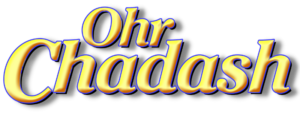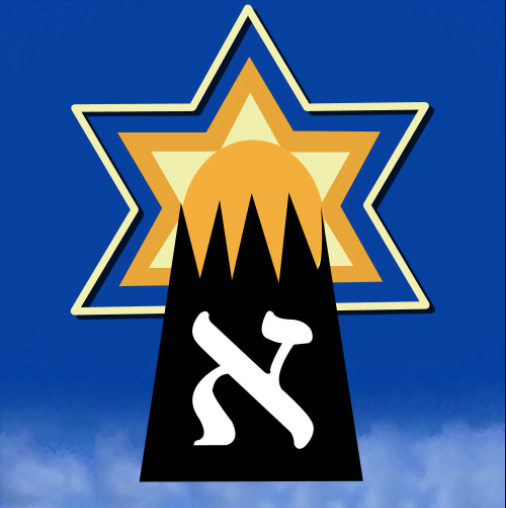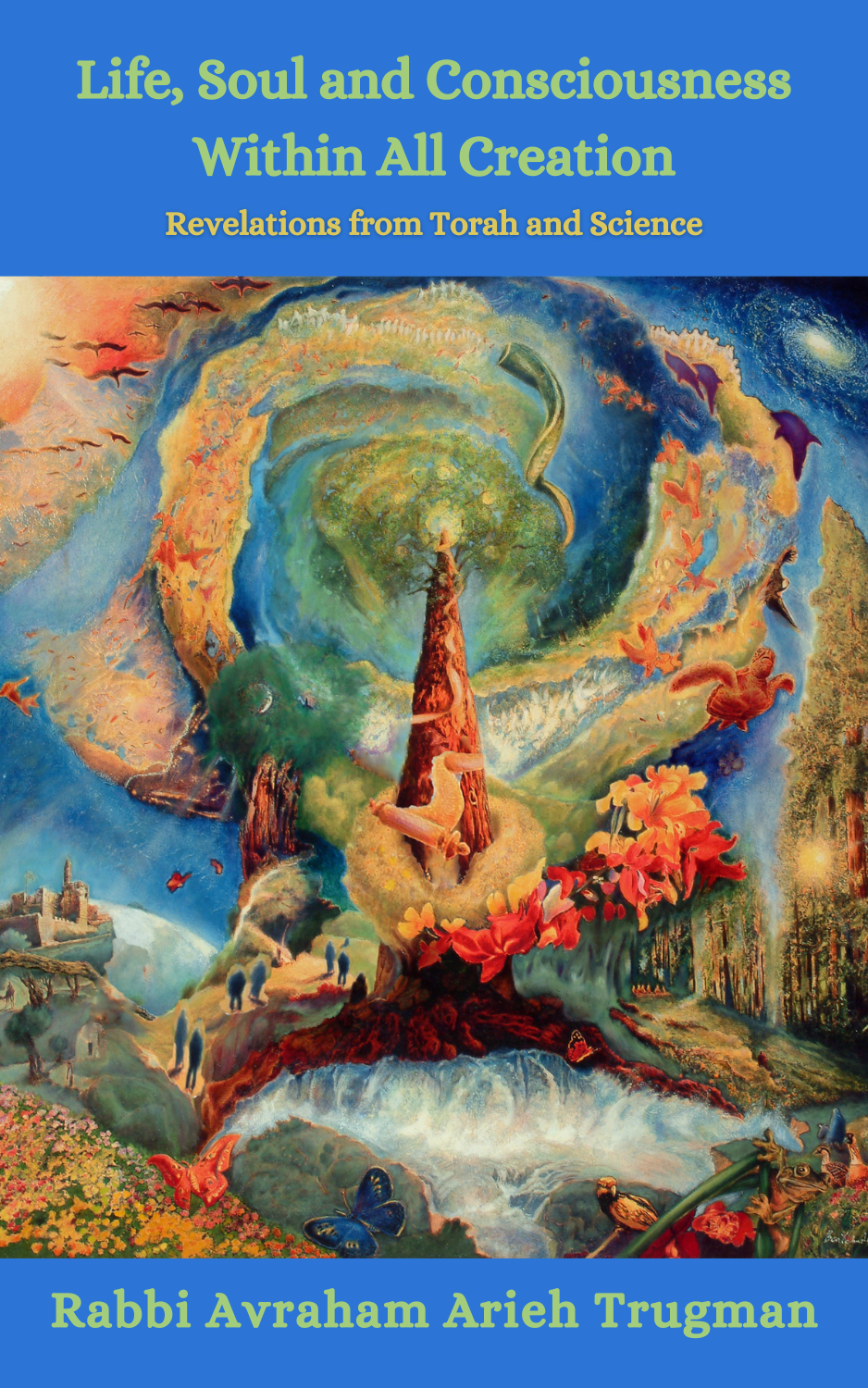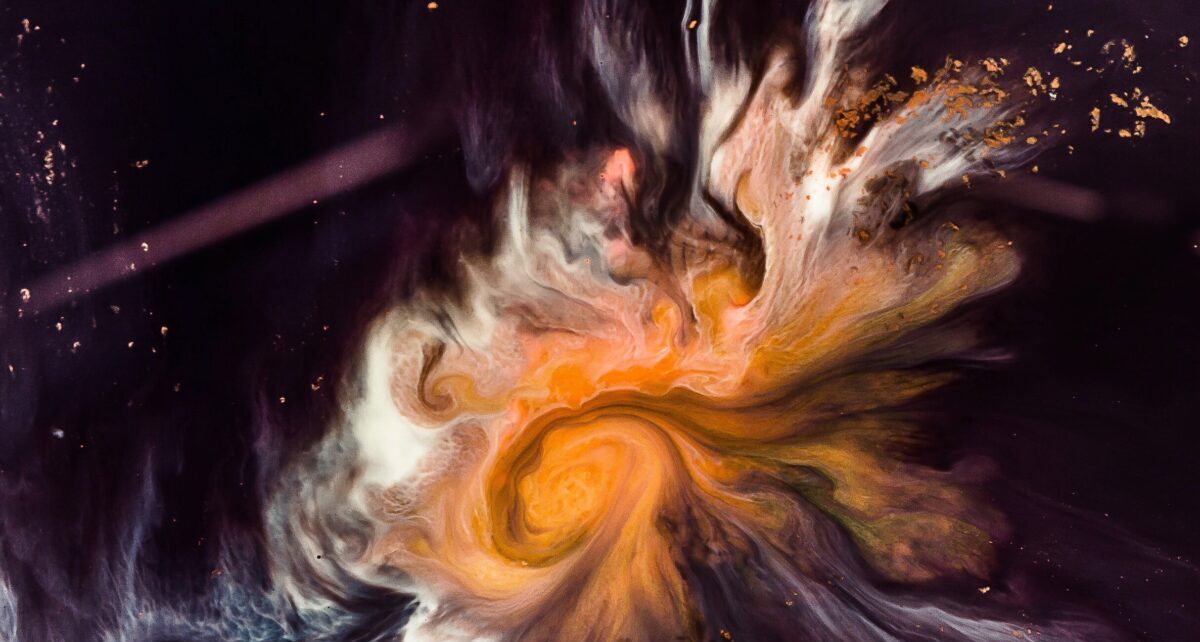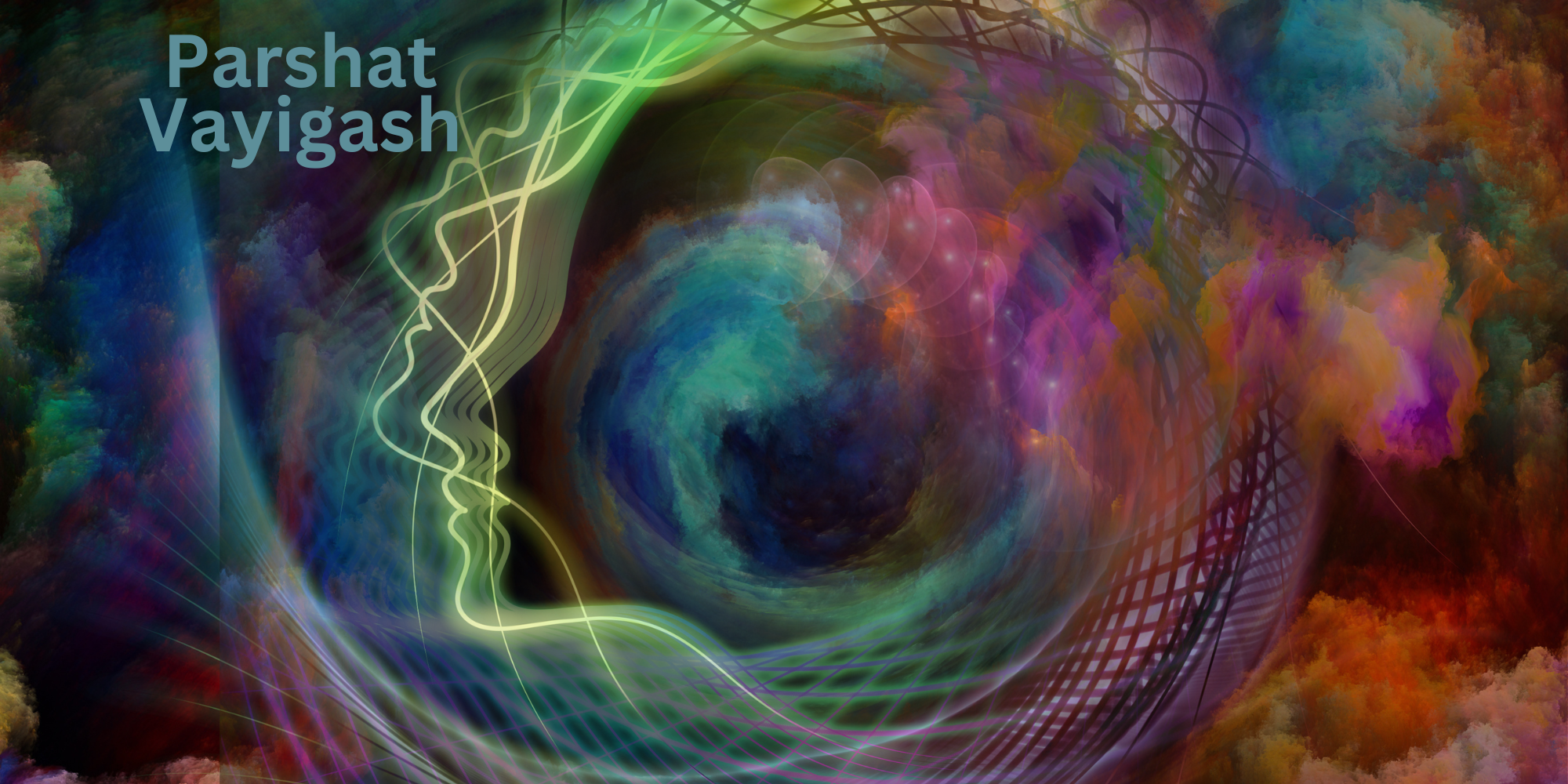In as much as Tu B’Shvat is the New Year of Trees it behooves us to contemplate a full array of ideas relating to trees based on Torah sources. The following ideas reveal a symbolic perspective uniting a number of associative images of trees.
When discussing the commandment mentioned above not to cut down fruit trees during the course of laying siege to a city, the Torah, as if providing a reason for the commandment, rhetorically asks whether “a tree of the field is a man, an enemy, that rises up against you in war” (Deuteronomy 20:19). Interestingly enough, R. Abraham Ibn Ezra, a medieval biblical commentator, reads this question as a statement that compares man to a tree. In fact, throughout the ages, rabbis, mystics, and poets have used various types of trees and their produce, the tree’s growth cycle, and the tree’s component parts (roots, trunk, branches, leaves, and fruit) as rich symbolic material for illustrating both the human life cycle and the nature of the Jewish people.
The Writings provide several comparisons of the individual human being and trees: “The righteous like a date palm will flourish, like a cedar in Lebanon will grow tall” (Psalms 92:13); “But his delight is the Torah of God and in His Torah he meditates day and night. And he will be like a tree planted by streams of water, that brings forth its fruit in its season, its leaf also will not wither and in whatever he does he shall prosper” (Psalms 1:3); “The fruit of the righteous is a tree of life….’ (Proverbs 11:30).
The prophets compare the people of Israel to trees in the following two verses: “I will be as dew to Israel, he shall flower like the lily and cast forth his roots like the Lebanon. His branches will spread and his beauty will be like an olive tree….” (Hosea 14:6-7); “God called your name – a green olive tree with goodly fruit….” (Jeremiah 11:16). The Sages take this comparison a step further comparing the nature of the Jewish people to the process of extracting olive oil. In the process of extracting the olive oil from the olive, the olive is beaten; the more it is beaten the more oil is extracted. The Sages explain that the nation of Israel functions among the nations in a similar manner: the more the Jewish people are beaten the more precious oil is extracted and the more light is provided (Menachot 53).
Not only are human beings compared to trees, so is the Torah: “It [the Torah] is a Tree of Life to those who grasp it” (Proverbs 3:18). This Tree of Life (the Torah) according to many commentaries is further compared to the primordial Tree of Life growing in the Garden of Eden. Furthermore, the Sages compared the way figs are harvested over a long period, and not all at once like some fruits, with the manner in which Torah is learned. Since the wisdom in the Torah is infinite it can only be learned a little at a time (Bamidbar Rabbah).
The ten sefirot are tellingly compared to both a man and a tree. In the Zohar the various sefirot are oftentimes referred to as corresponding to parts of the human body. In fact, lined up vertically, from head to foot, the sefirot resemble an erect human being. For example, the sefirah of chesed, located on the right-hand column of the sefirot is called the right arm, while the sefirah of gevurah, located on the left-hand column is called the left arm. Not only do the sefirot bear a resemblance to an erect human being, they also resemble a tree with a trunk in the middle and two branches extending out of either side. Thus, in Kabbalistic terminology, the sefirot are also frequently referred to as the “Tree of Life.”
The fact that man, the Torah, and the Divine sefirot are all compared to a tree reminds us of a statement in the Zohar (3:73a) – “three bonds are bonded together: Israel to Torah and Torah to God” – that teaches us that Israel, the Torah, and God are one and essentially bound together. An explanation for why the tree serves to symbolize man, the Torah, and the sefirot may be found in an allusion, a remez, based on the numerical value of the Hebrew word for “tree” (eitz) being the same as that of the Hebrew word for “image” (tzelem). Both are 160. The Torah recounts that man was created in the “image of God” (Genesis 1:27). This verse inexorably connects man to God through the wisdom encoded in the Torah, which acts according to Jewish tradition as the blueprint of creation. The sefirot also operate as an “image” of God, reflecting the infinite Divine forces channeled into the finite created worlds. Thus, man, the Torah, the sefirot, and God Himself all share on various levels the same “image.”
An interesting and very enlightening comparison can be made between how a tree grows and how the sefirot and the human soul function in this world. In this world a tree’s roots grow below the surface of the earth hidden from the naked eye, while a tree’s trunk, branches, leaves, and fruits are supported by the roots and grow above ground. The tree, as it were, yearns to touch the sky. The soul and the sefirot mirror the tree, but grow in the opposite direction, for they are rooted above and yearn to manifest themselves below. Thus, both the roots of the soul and the sefirot are rooted in the upper worlds, hidden from obvious detection, and both direct their energies to the lower world where they are manifest. The vast majority of the soul remains rooted above, while only a small part of it is manifest in this world. Likewise, the sefirot are rooted in the infinite light of God and only through countless contractions and progressive descents do they manifest themselves in the physical world.
Since the vegetable kingdom was created before humanity (in fact, before all other living things) there is something exceedingly primordial about trees. Trees represent life force, growth, the cycles of time, and the birth of new generations. They provide the earth with oxygen, which allows life to exist on this planet; furthermore, they help draw life-giving rain to the earth. They provide shade, food, ingredients for medicines, and wood for construction. Additionally, we should not underestimate the importance of their aesthetic appeal, for the sense of majesty and tranquility they add to any environment is immeasurable. For all these reasons human beings, the Torah, and the sefirot are all compared to trees. Indeed, Torah is called a tree of life and the Torah implores humanity to choose life.
